#Research & Development
Better, faster, bio-based: Functional new Plastic alternatives

The plastics industry is in flux, as there is an increasing push to replace petroleum-based materials with sustainable alternatives. But sustainability alone is not enough. Bio-based plastics need to be capable of more. In the SUBI²MA flagship project, several Fraunhofer institutes are working to accelerate development of new materials that are not only ecofriendly but also functionally superior. They are focusing on three main goals: further development of new bio-based materials, developing new biohybrid materials and digital fast-track development.
Biological components with functional advantages
The bio-based materials arm of the project focuses on Caramide, a new and completely bio-based form of polyamide. Polyamides are high-performance thermoplastics, and Caramide takes the entire class to the next level. It is derived from 3-carene, a terpene that is produced in large quantities as a by-product of cellulose production. Terpenes are natural organic compounds that are found in many parts of plants, such as leaves, flowers and roots, and are also the main components of resins and essential oils.
Researchers at the Straubing branch of the Fraunhofer Institute for Interfacial Engineering and Biotechnology IGB used 3-carene to develop the monomers 3S-caranlactam and 3R-caranlactam as well as two sorts of Caramide derived from them some ten years back. “In the SUBI2MA project, the shared expertise of six institutes in particular has now allowed us to adopt a new mindset, scale the caranlactams and optimize the Caramides to focus on specific applications,” Paul Stockmann from Fraunhofer IGB explains.
With its special chemical structure, Caramide has unusual thermal properties that make it an excellent candidate for a number of different applications, from gears in mechanical engineering to safety glass, lightweight construction panels, foams, protective textiles and surgical suture materials. Monofilaments, foams and plastic glasses have already been made from the new polyamide, which is not only resistant to high temperatures but also highly adaptable: “During the project, we discovered that the two caranlactams lead to different Caramides with significant differences in properties,” Stockmann says. “The first one, Caramid-S®, has a partly crystalline structure, so it is good for fibers, while the second, Caramid-R®, is what we call amorphous, meaning it has an irregular structure, making it suitable for foams.”
Another characteristic is its chirality, a particular spatial property of molecules in which there are two structural variants that are mirror images of each other but not congruent. This can affect a material’s physical, chemical or biological functions. In the case of Caramide, chirality permits fine-tuning of material properties, for example for specific applications in medical technology or sensors. “Incorporating bio-based components into high-performance polymers produces a functional advantage. It isn’t just that the Caramides are bio-based. They actually offer better performance than fossil-based materials,” Stockmann says.
Biohybrid materials
The project’s second main objective is to develop new biohybrid materials. Incorporation of functional biomolecules is bringing new uses to conventional materials. There are many different areas of application, from bio-based flame retardants for materials to additives or enzymes that accelerate the breakdown of petroleum-based PET. Diagnostic tools such as innovative biosensors and fiber composites that incorporate biomaterials are other fields of use.
“One important feature made possible by integrating specific proteins is water repellency, which is achieved by deliberately changing a material’s surface so that it repels water,” explains Ruben Rosencrantz, a research scientist at the Fraunhofer Institute for Applied Polymer Research IAP. These kinds of materials are used in workplace safety gear and outdoor textiles and in medical applications, for example, where they could replace environmentally harmful substances such as PFAS in the long term.
Digital transformation supercharges material development
The researchers know from experience that material development and substitution take a lot of time, and in many cases it is completely uncertain which specific applications will be best suited to a given material. They aim to change that by pursuing their third objective, fast-track development. To that end, they are harnessing digital solutions for material development: “We are using simulations to create a comprehensive, structured and digital data basis in the lab,” says Frank Huberth from the Fraunhofer Institute for Mechanics of Materials IWM. “Going forward, this digital value chain will bring data-based methods and simulations together to assess property profiles and sustainability at an earlier stage, significantly accelerating development times for both materials and products.” Konrad Steiner from the Fraunhofer Institute for Industrial Mathematics ITWM adds: “Using digital demonstrators for items like protective textiles and tires allows us to skip development steps and evaluate the influences and performance of the new Caramide fibers early on without having to go through the whole long and involved process of producing and testing a textile or an entire tire.”
Outlook: from the lab to application
One important driver in the conceptual design process was the excellent interdisciplinary collaboration on the project among six Fraunhofer institutes — Fraunhofer IGB, IAP, IWM, ITWM, LBF and ICT — along with an external subcontractor. For example, this allowed the partners to overcome a major obstacle, the scaling of synthesis processes. The two monomers can now be produced at the kilogram scale. An increase in funding for the flagship project has also made it possible to test additional demonstrators suitable for industrial use, in some cases in direct collaboration with industry. Plans call for providing the monomers to an associated industry partner in the near future so the partner can use its equipment and facilities to process the starting material for a specific application. “This is a crucial step in advancing the further development of the Caramides to the point of market readiness,” Stockmann says, summing up. “The project is a fresh take on advanced material development that harnesses bio-based substances derived from byproducts along with digital technologies in an interdisciplinary approach.”



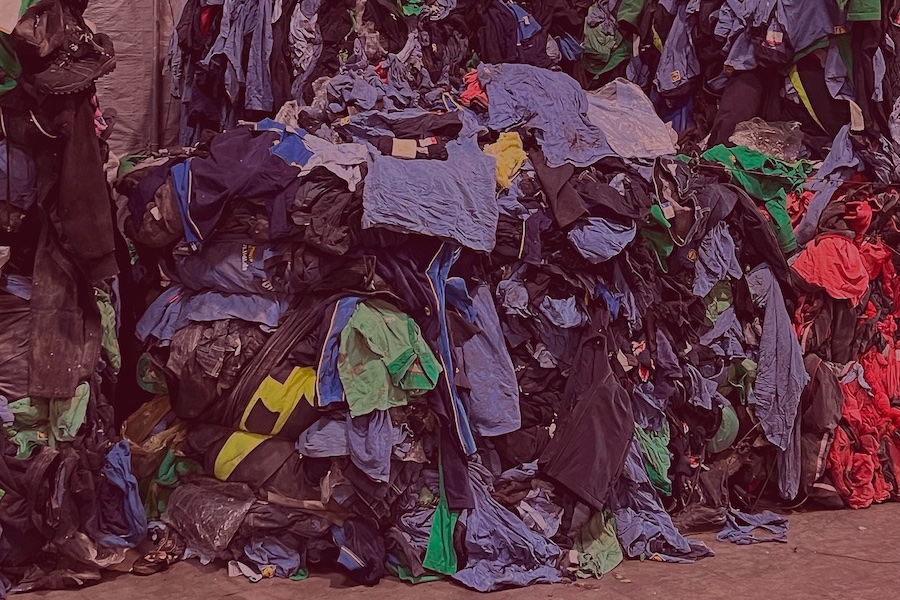

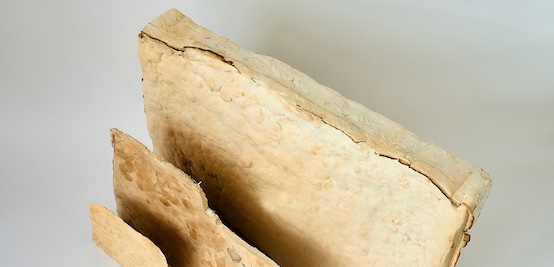
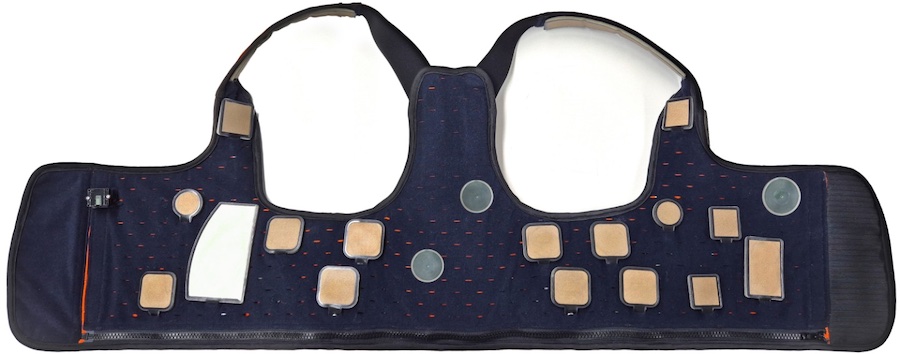
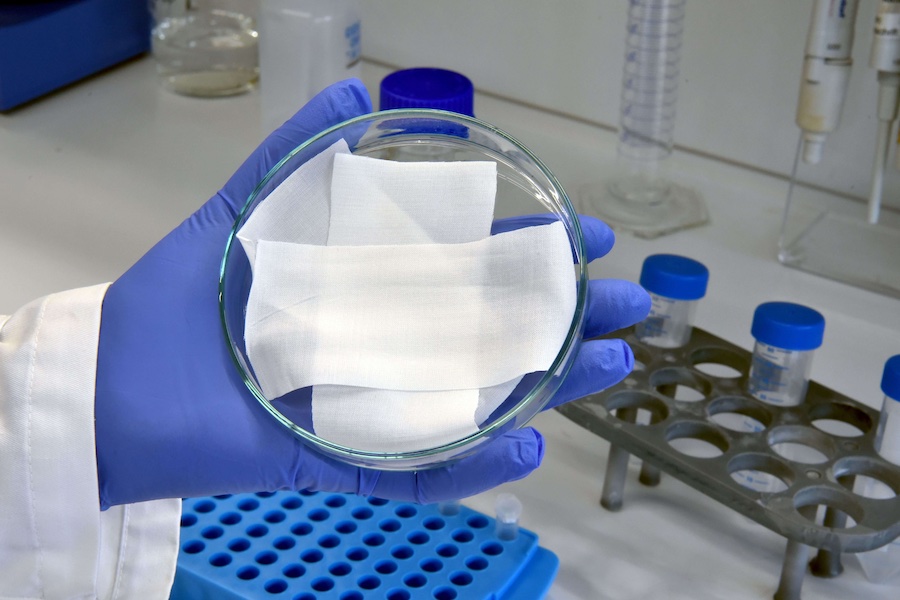

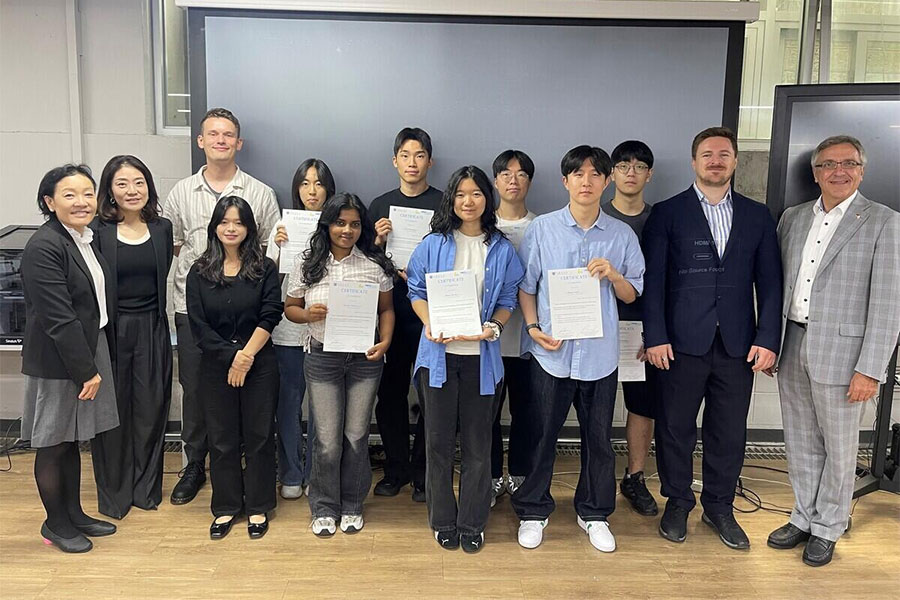
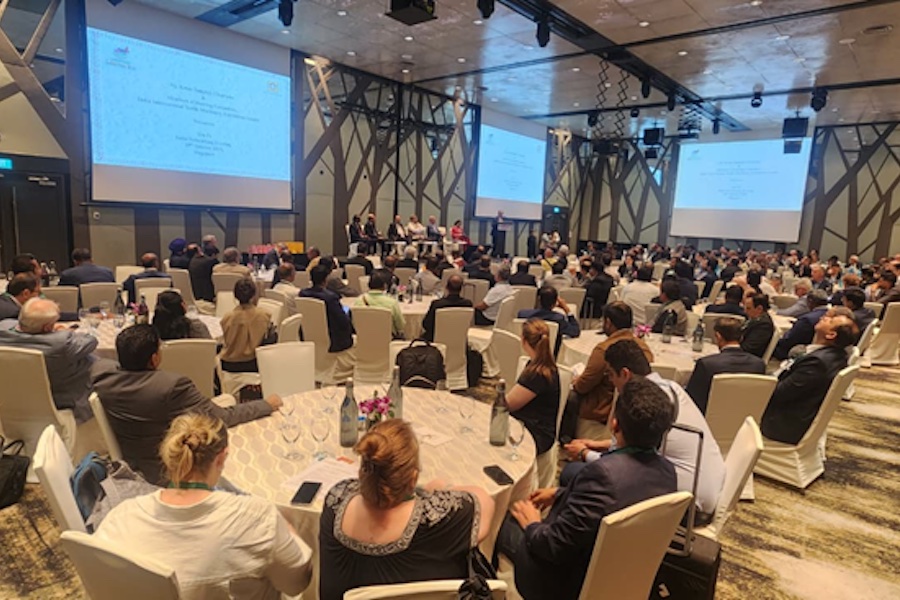
canva-900-1.jpg)



